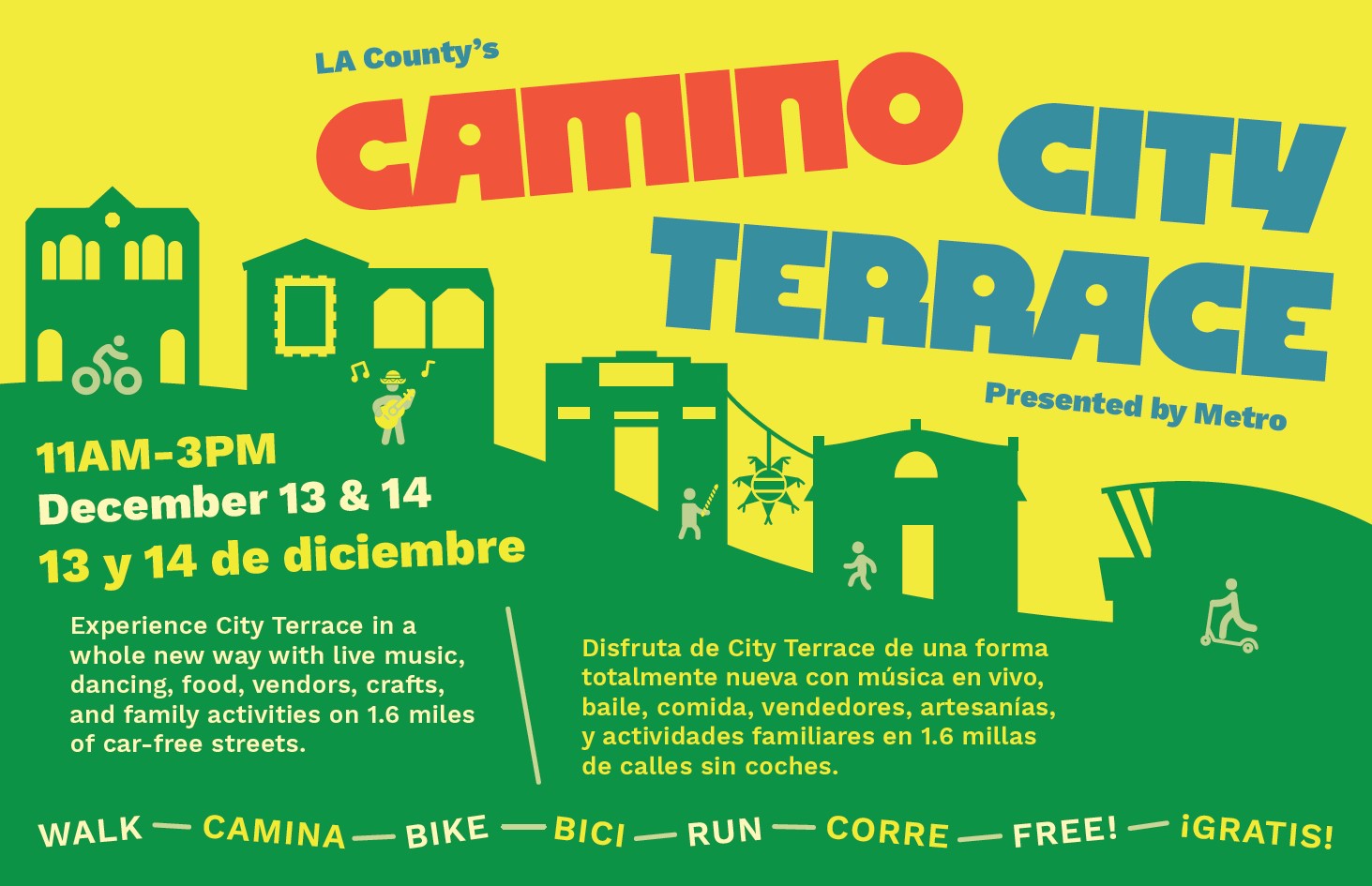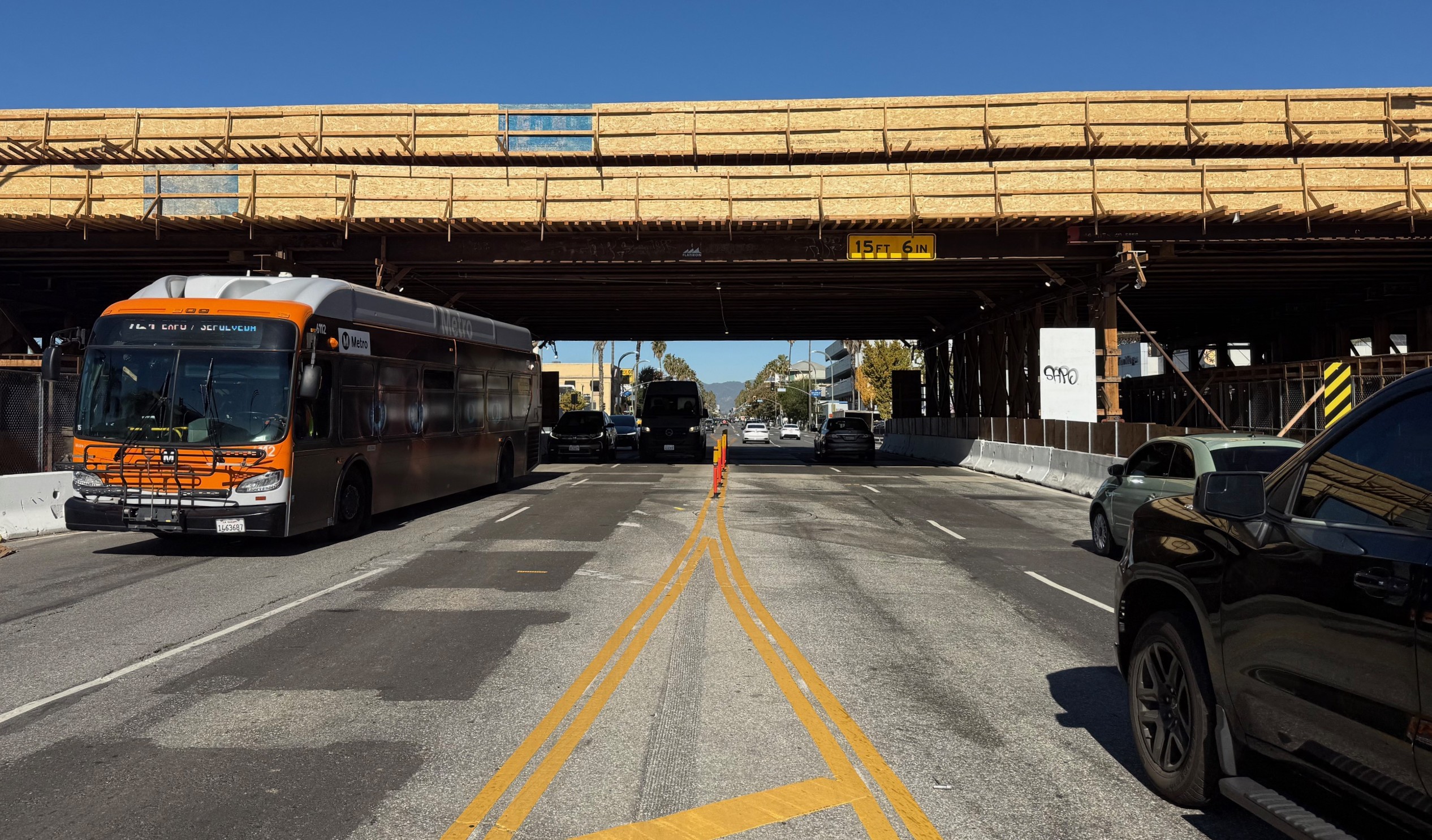In late June, a newly formed non-profit filed a lawsuit challenging a streetscape improvement plan for West Los Angeles.
The group calls itself "Westside L.A. Neighbors Network." The WLANN website, lawsuit, and lawsuit press release do not actually name "L.A. Neighbors" plural, but only include one person's name: the group's president Selena Inouye. According to her articles at CityWatch and The Argonaut, Inouye is a retired social worker and chief grassroots organizer for Restore Venice Boulevard, the Keep L.A. Moving-backed group fighting the Mar Vista Great Streets improvements on Venice Boulevard.
If WLANN is anything like its parent organization Keep L.A. Moving, then it may not be "L.A. Neighbors" at all, but spiteful outsiders living in other South Bay cities who are pushing to keep L.A. City streets reserved for their unfettered driving access. Keep L.A. Moving is based in the city of Manhattan Beach, where its leaders push for quieter streets while suing to keep L.A. City streets deadly. Keep L.A. Moving sued to undo Playa Del Rey safety improvements, then declined to back down from the lawsuit after the improvements were undone.
WLANN's lawsuit challenges two recent updates to city plans: the Coastal Transportation Corridor Specific Plan and the West L.A. Transportation Improvement and Mitigation Specific Plan. These plans were originally adopted in 1985 and 1997, and are being updated to remove outdated infeasible projects and to include more multi-modal projects. The city's project website has extensive details on these updates, including an extensive documents page.
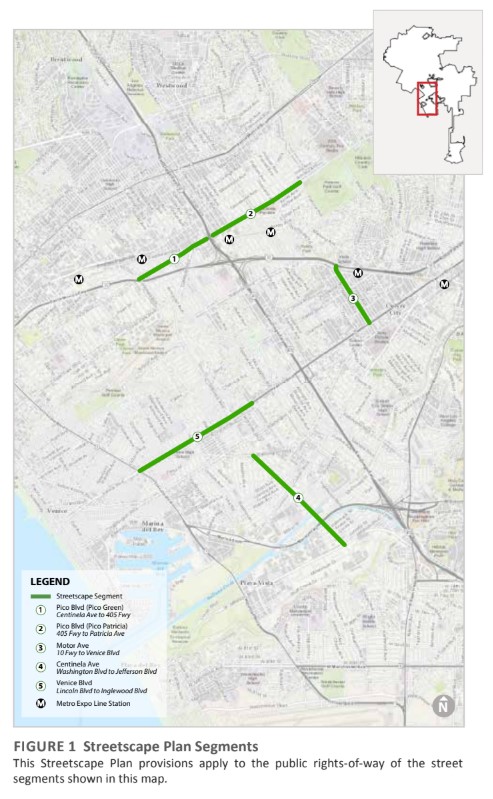
The Coastal Transportation Corridor Specific Plan was updated to include a Livable Boulevards Streetscape Plan which specifies improvements for five street segments:
- Pico Boulevard - from Centinela Avenue to the 405 Freeway ("Pico Green")
- Pico Boulevard - from the 405 Freeway to Patricia Ave ("Pico Patricia")
- Motor Avenue - from the 10 Freeway to Venice Blvd
- Centinela Avenue - from Washington Blvd to Jefferson Blvd
- Venice Boulevard - from Lincoln Blvd to Inglewood Boulevard
WLANN's press release contends that the streetscape plan would extend the Venice Boulevard Great Streets road diet and would bring road diets to Pico, Motor, and Centinela. Folks who advocate for safer, more walkable, more bike-able streets would welcome needed road diet improvements to these corridors, but WLANN is lying. There are no road diets planned for these streets. No road diets. The streetscape plan will make these streets somewhat safer and better for walking and bicycling, but without removing any car lanes.
The plan does include some non-road-diet upgrades to existing bike lanes on Motor and Venice. According to the plan's cross-section diagrams, the existing conventional bike lanes on these streets will be converted into protected bike lanes, though without reducing existing car lanes.
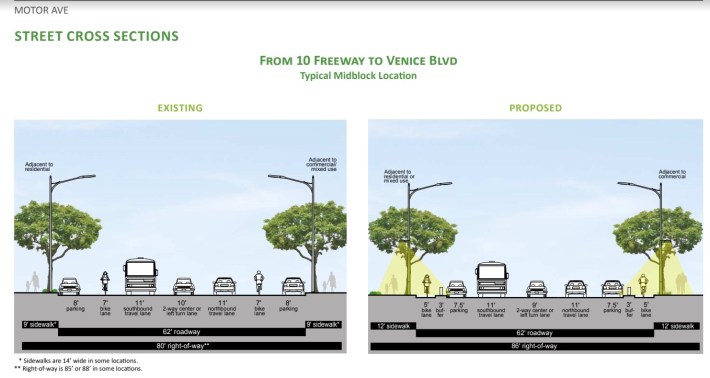
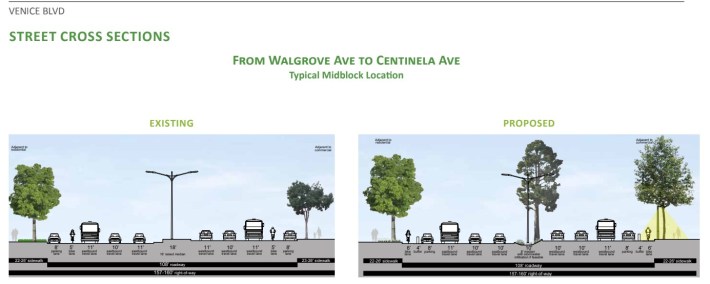
The update to the West L.A. Transportation Improvement and Mitigation Specific Plan (WLA TIMP) would establish that expanded Transportation Impact Assessment (TIA) fees on new development pay for the above streetscape improvements. In the past, the TIA fee had been paid by only a limited subset of new developments, basically industrial and commercial development. The WLA TIMP update would expands the TIA fee to a broader range of new development, including residential.
These plan updates have been in process for a couple of years, including various community outreach meetings and various hearings at the City Planning Commission, the Board of Public Works, and the City Council.
The streetscape plan was approved by the Board of Public Works in May.
In June, the L.A. City Council approved the WLA TIMP plan outline. The City Attorney will now draft the outline into an ordinance which will return for council approval.
The city completed the California Environmental Quality Act (CEQA) required Environmental Impact Report (EIR) determining that the plans essentially does not adversely impact the environment, and hence would be granted a categorical exemption. The City Planning Commission approved the EIR and exemption. The full City Council is expected to approve the environmental studies when approving the final ordinance language.
The WLANN lawsuit alleges that the city did not comply with the California Environmental Quality Act (CEQA) in approving these plan updates.
(Editor's note : Leadership with Keep L.A. Moving, Westside Neighbors and Restore Venice Blvd emailed and commented to complain about the above article. In an email, WLANN President Inouye wrote that RVB "is a now a project of the newly formed" WLANN and that RVB "is not backed by" KLAM and that WLANN "is not a 'child' organization of" KLAM. In a comment, Keep L.A. Moving's John Russo, who is an administrator of RVB's Facebook page, states that KLAM "supports" WLANN and "supports" and "work[s] with" RVB but has "not backed" WLANN. Without access to Joe's notes while he is on a much deserved vacation, I don't want to speculate on his meaning. It's certainly clear that the leadership of Keep L.A. Moving have helped Restore Venice Blvd. with their setup and research, I haven't been able to find further formal connections between the three organizations. I have not changed the text of the story. - DN)






